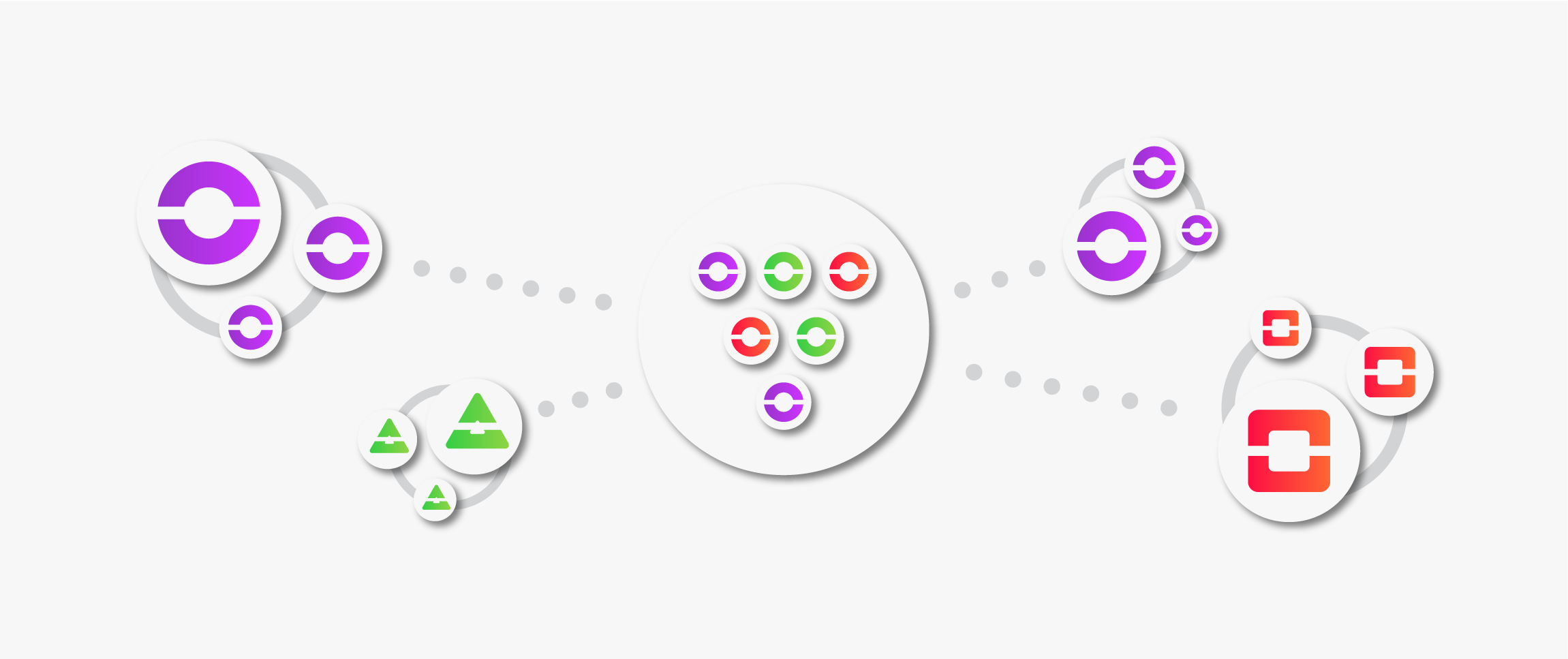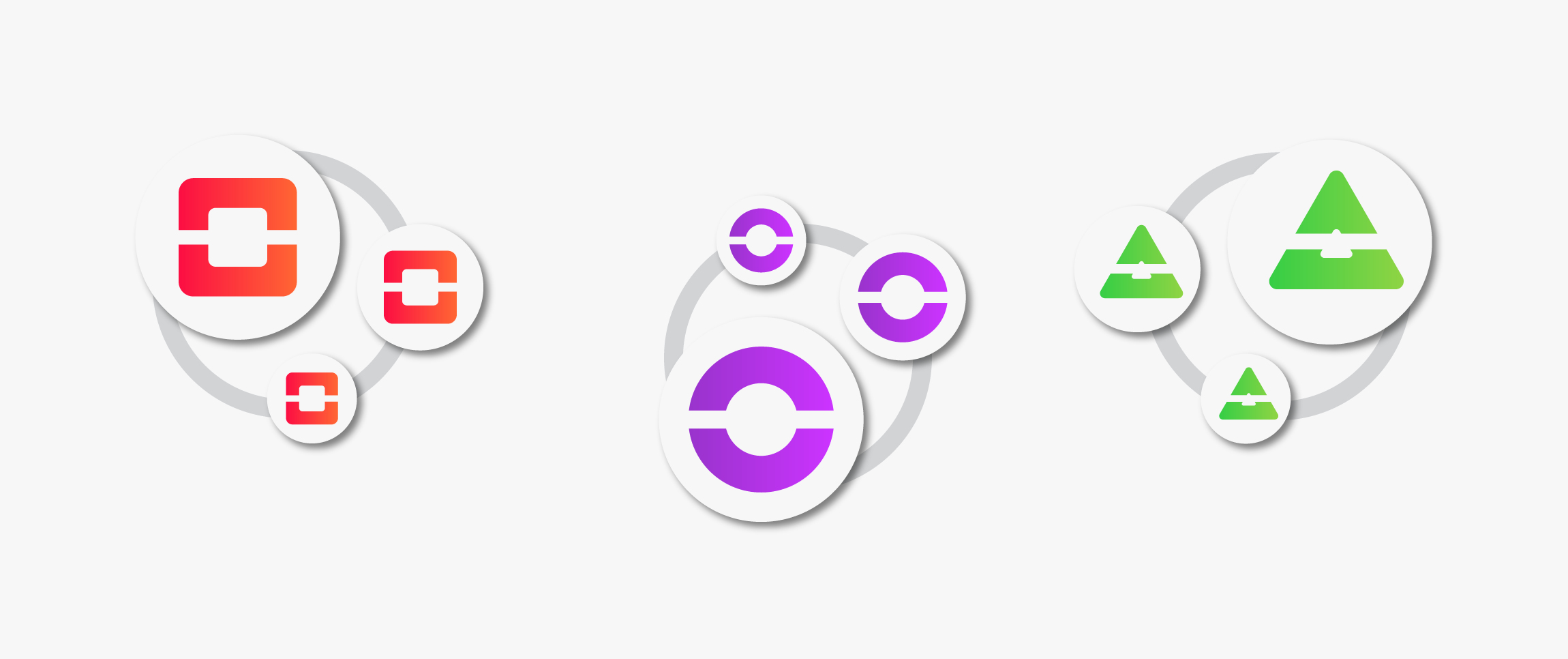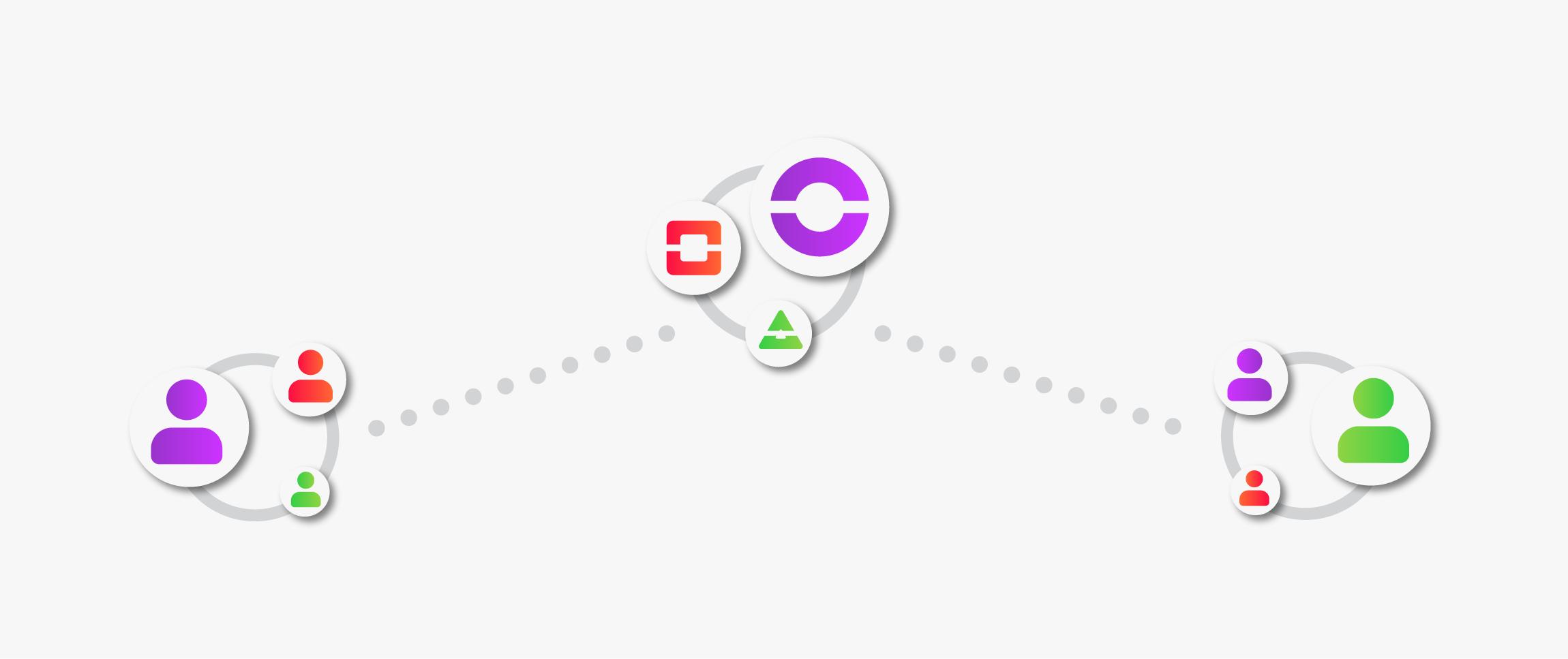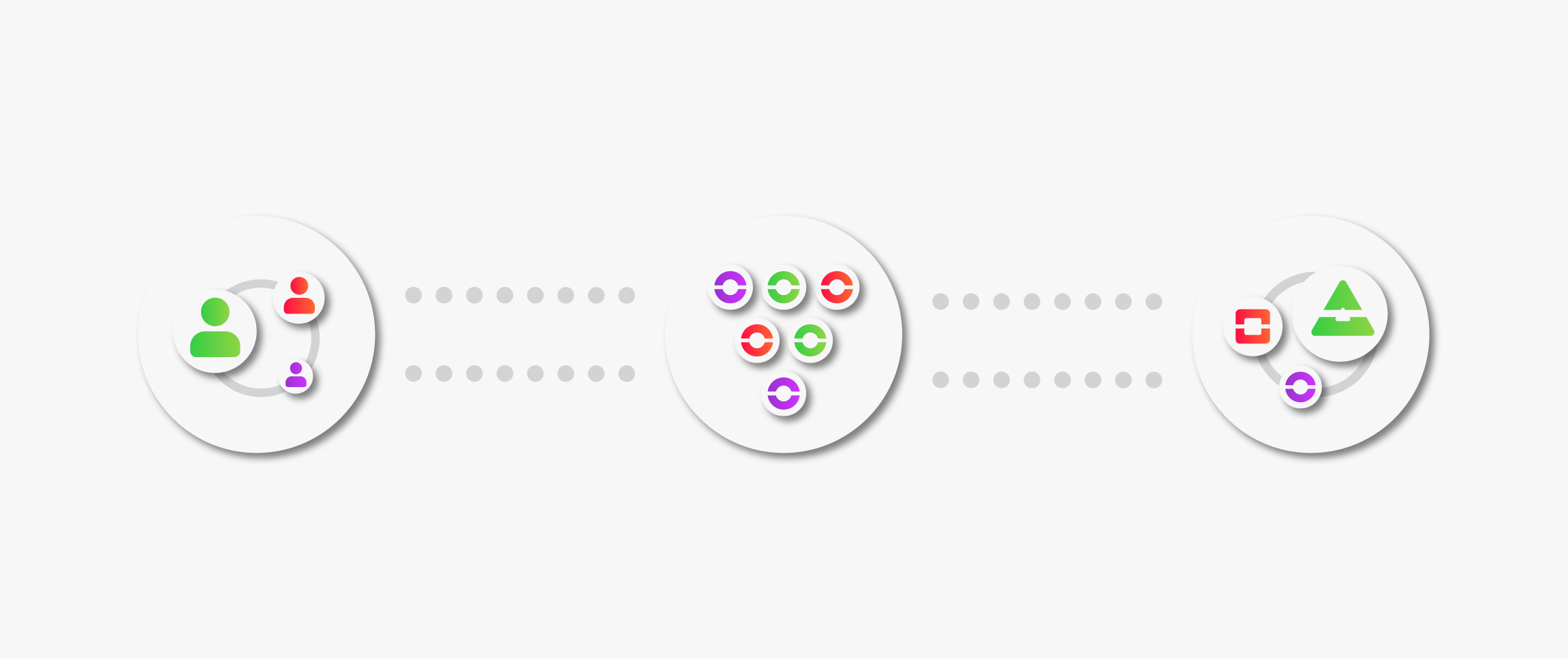The proliferation of digital technology solidified data as a critical resource for organizations to make informed decisions. To obtain the most accurate and reliable data, businesses need to define data management best practices within their organization to enable healthy, homogenous data that can be analyzed and shared across departments and applications.
Data unification plays a critical role in facilitating homogeneity, eliminating discrepancies and duplication by combining multiple datasets into a single source, which makes it easier for companies to track trends and gain actionable insights.
When it comes to data in an organization, sharing is caring. Engaging experts across various departments in the decision-making process through data democracy ensures better outcomes through transparency and improved collaboration.
In this article, we’ll dig into each of these critical elements of healthy data and suggest ways that enterprises can accelerate growth by improving data health, accessibility, and usability.
Getting It All Together: Data Unification
Data unification is the process of combining multiple data sources into a single, unified dataset. By unifying data collected from different systems and within diverse departments, businesses can create a reliable and accurate record that can be used to track trends, inform decision-making, and improve customer experience.
Data unification has become an important aspect of business operations in today’s digital environment as it allows an organization to draw on multiple sources of information while still conforming to consistency standards. Furthermore, harmonizing a company’s records across channels helps protect against security breaches.
By applying specific rules and algorithms during the unification process, organizations can cleanse and standardize their existing datasets to ensure accuracy and completeness. This minimizes the risk of errors entering their system when attempting to analyze patterns in customer behavior or operational performance over time. Additionally, by using solutions like machine learning (ML) models for automated updates, companies can further maximize the efficiency of their data collection processes without adding manual labor requirements.
By employing techniques like ML-powered automated updates alongside more traditional approaches such as manual scrubbing and matching between datasets, businesses can ensure that all the necessary stakeholders have access to consistent, up-to-date information needed for internal decision-making or external communications with customers.
Compatibility as the Foundation of Healthy Data
Homogeneous data is information that is uniform in its structure, meaning it has the same data type and format throughout.
Having a homogenous dataset ensures the reliability of the data for decision-making and problem-solving. By ensuring there is consistency in the way data points are structured, analysts can more effectively apply analytics models to datasets and generate reliable results faster.
Homogenous data also allows for easier collaboration by making it easy to work with each other’s datasets because everyone is working with identical formats instead of attempting to merge disparate shards of data together from different sources.
It’s also important to note that homogeneous data is a necessary component for achieving accurate results when data is integrated into AI- or ML-capable systems. By providing structured and standardized datasets, ML algorithms can be trained quickly with minimal effort and cost while producing accurate outcomes. This ensures better accuracy within AI and ML models because they have less risk of suffering from bias or uncertain inputs during their construction process.
Maximizing Empowerment via Data Democratization
Data democratization is the process of making data accessible to a wider range of people across an organization or larger community. Democratizing access to data sources through automated processes governed by ethical principles can ensure that data assets are not only used for business opportunities but the public good.
Healthy data is a key enabler of data democratization as it helps to make data accessible, understandable, and usable for a broader audience. It ensures that the data you’re accessing contains accurate and complete records. This encourages individuals in an organization to trust and rely on their data, which, in turn, supports decision-making based on accurate insights.
Not only does healthy data provide real-time insights into customer needs and market trends, but also, by making sure your datasets are consistent across all departments, it improves collaboration efficiency between different teams.
Data Management Best Practices: Closing Thoughts
Homogenous data, data unification, and data democratization are essential components of today’s digital landscape, enabling business organizations to make greater use of available information while ensuring accuracy in decision-making.
Through these measures, organizations can maximize their use of resources to deliver personalized customer experiences based on real-time analytics and insights.
If implemented correctly, all these lead to healthy data that can accelerate growth, improve business outcomes, and set enterprise organizations up for dramatically improved efficiency, productivity, revenue, and profit.
Stuck, Overwhelmed, or Don’t Know Where to Start?
Drop us a line — overcoming these challenges is our specialty. We’d be more than happy to provide some guidance and an honest assessment of how we might be able to help you.











